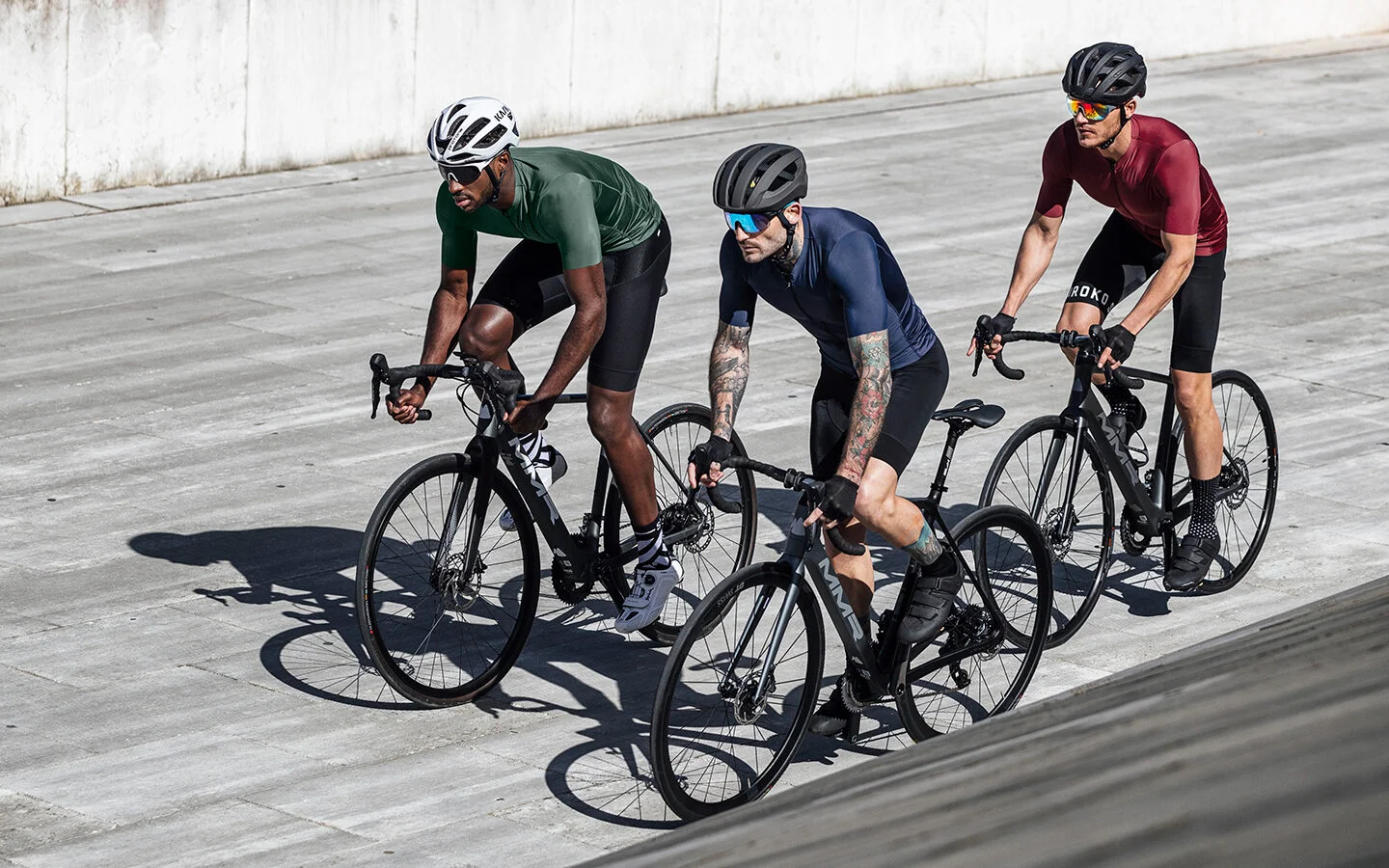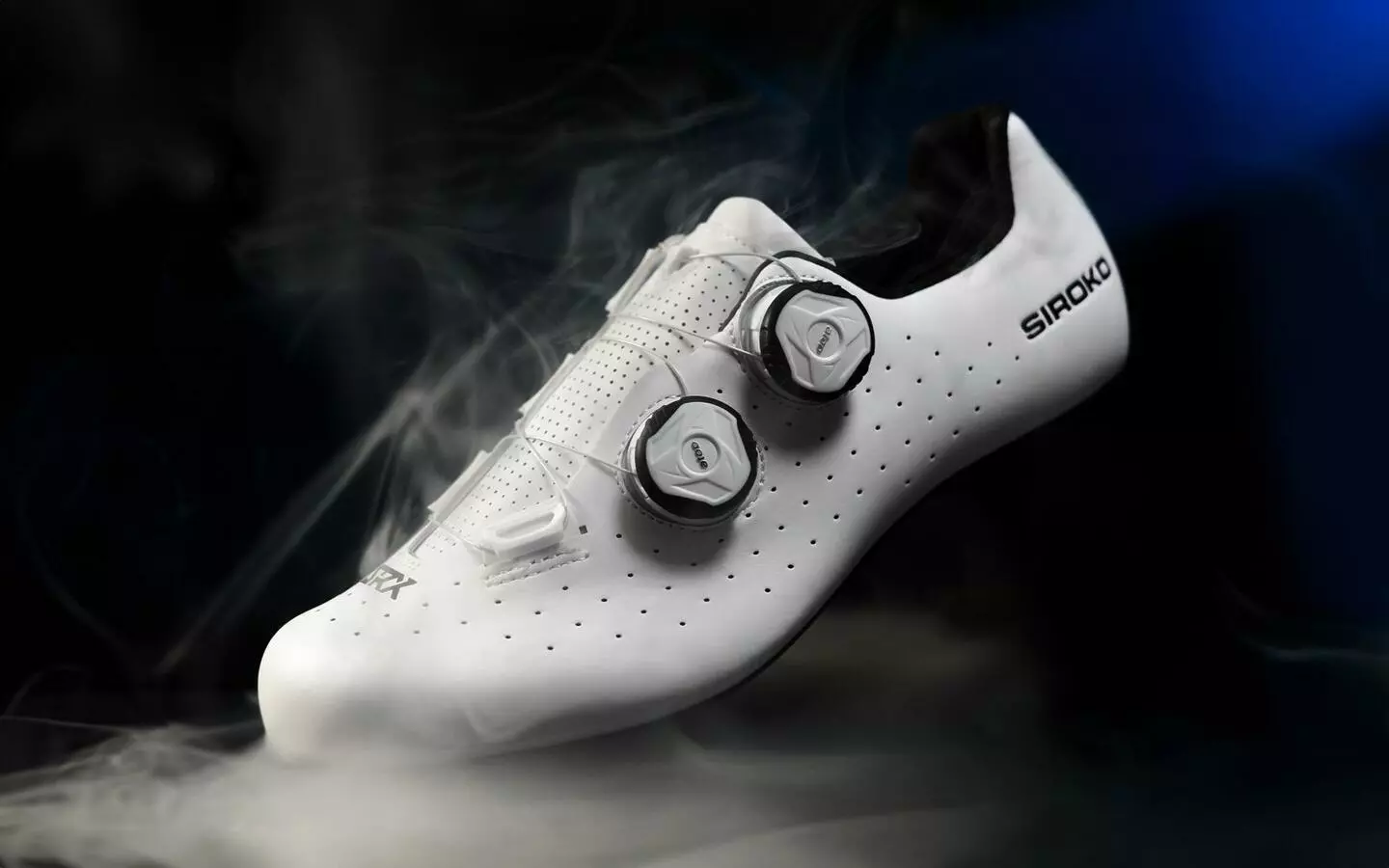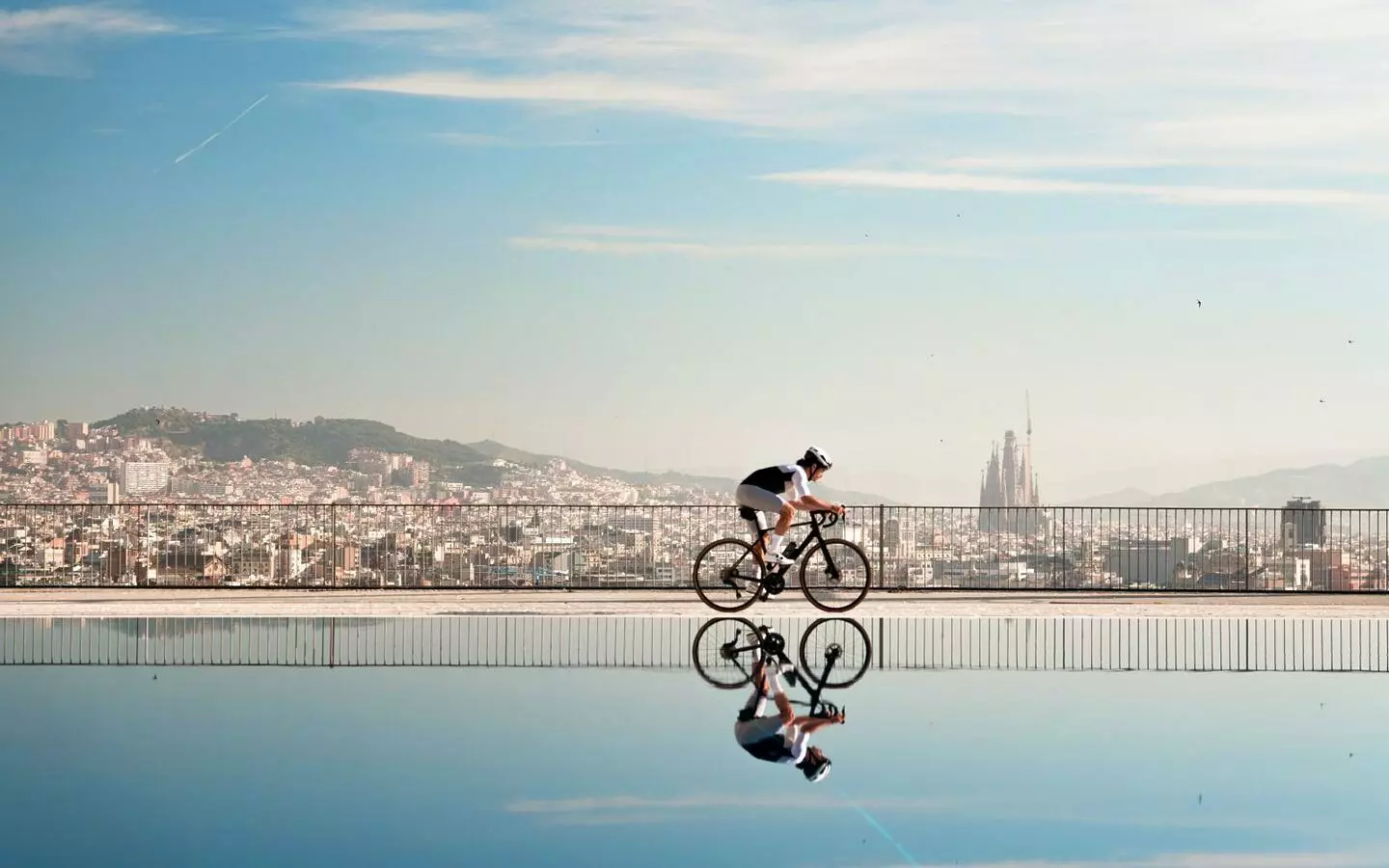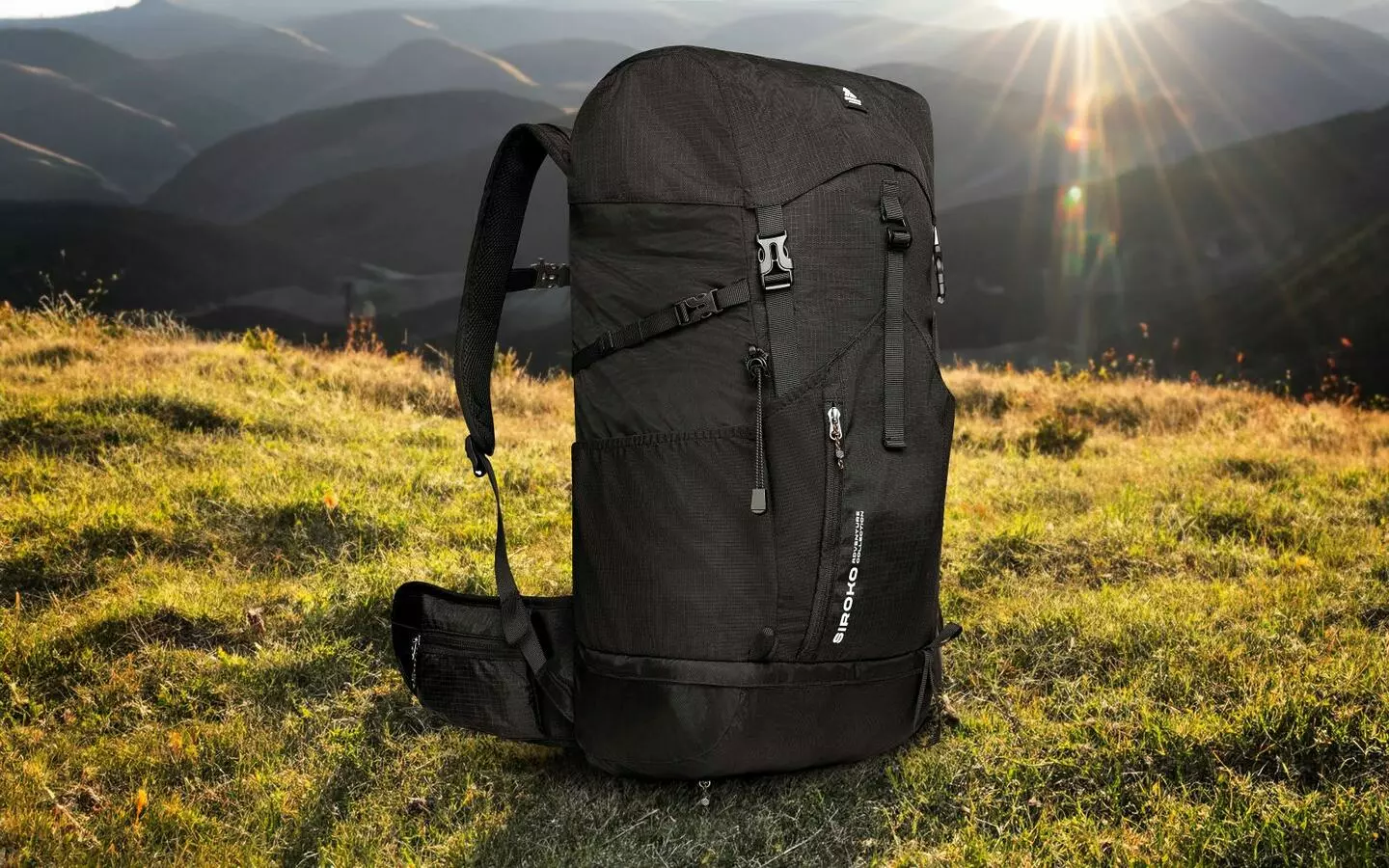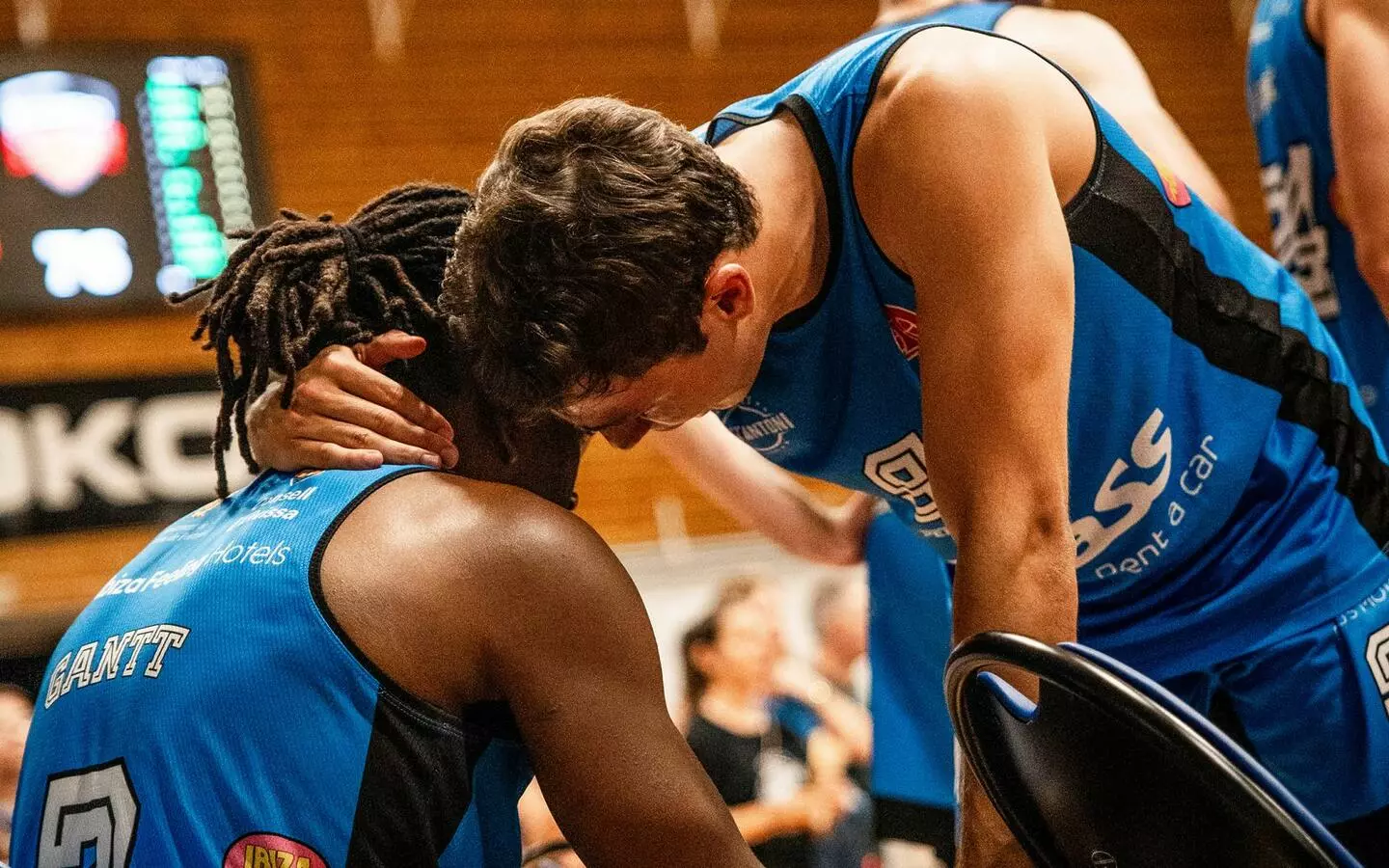Although cycling is indeed extremely beneficial for our health, every cyclist has experienced some kind of discomfort while riding a bike at some point. From the classic butt vs saddle battle (where our buttocks always lose) to the uncomfortable feeling of hot foot and a myriad of other aches and pains, some more intense than others. It can be a simple occasional ache, a pain that flares up after 1 or 2 hours on the bike, a constant discomfort or something that stops us from pedaling completely. In order to relieve them, we try all kinds of solutions: we ride out of the saddle, we change the position of our hands on the handlebars, we stretch or go to physiotherapy. The relief, however, is momentary and if we do not find its origin, the pain is inevitably back again. These are the 6 most common causes of discomfort, aches, pains and injuries in cycling:
Poor physical shape and/or lack of workout habit
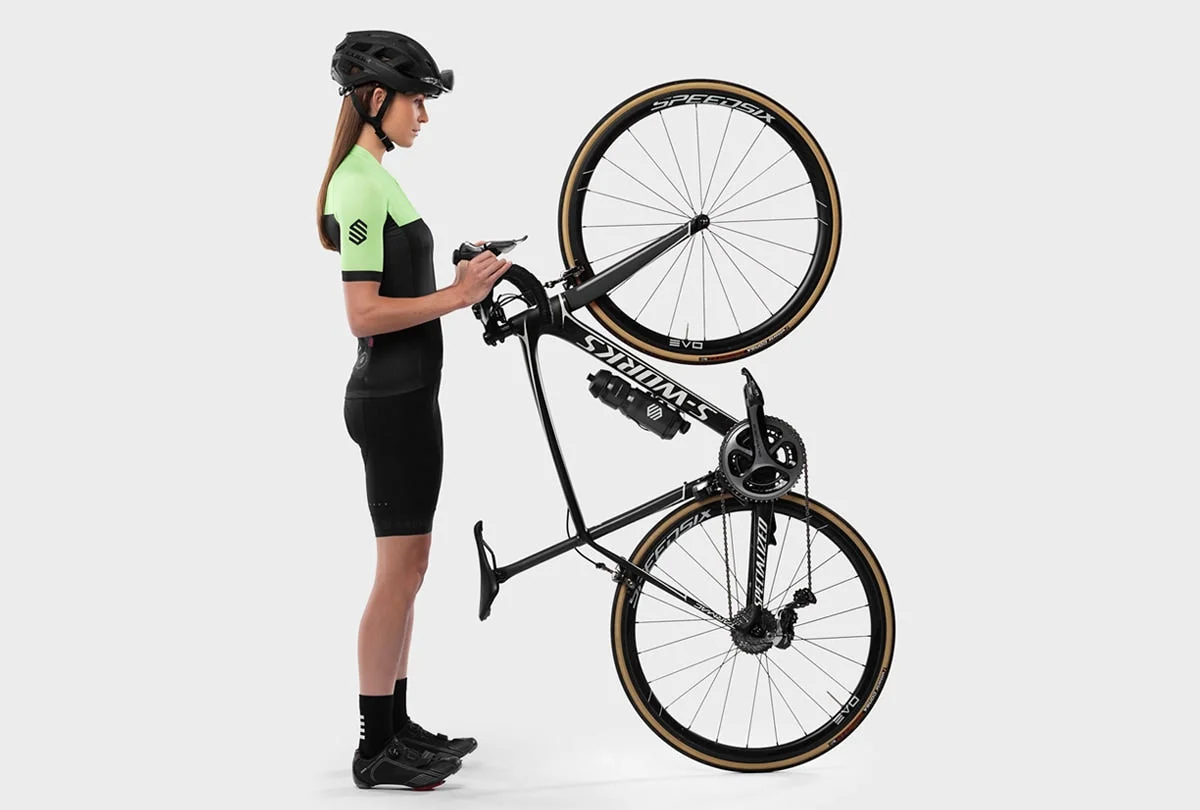
When you’re new to cycling, aches and pains are to be expected. The same applies to anyone who takes up cycling again after a long break. The most common aches and pains affect the buttocks, but also our legs, back, neck and hands. Most of them disappear once you get back in shape or when your body gets used to the physical exercise and the posture on a bike. If they persist, it might mean that something is wrong. However, some new aches and pains might also occur, and they fall into the next group.
Riding too much and/or too fast
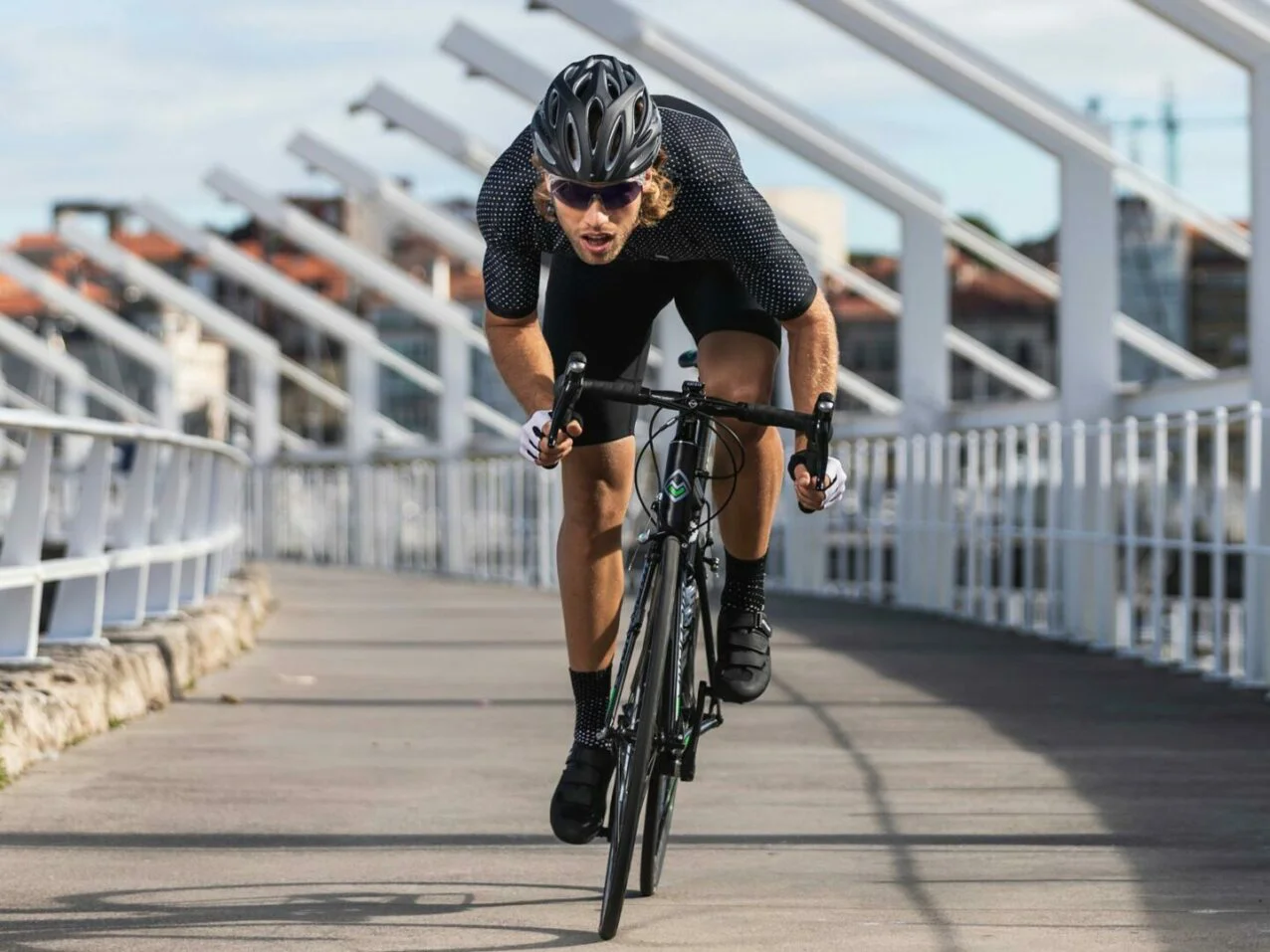
Even professional cyclists end up sore after finishing several stages or very intense races, so it is normal for the rest of us mere mortals to suffer from aches and pains after 5 or 6 hours riding up and down mountain passes or cycling in an aero position to go faster. This type of “suffering” is intrinsic to intense and prolonged cycling workouts. It can be reduced but even the best biomechanist won’t be able to eliminate it completely.
Incorrect position on the bike
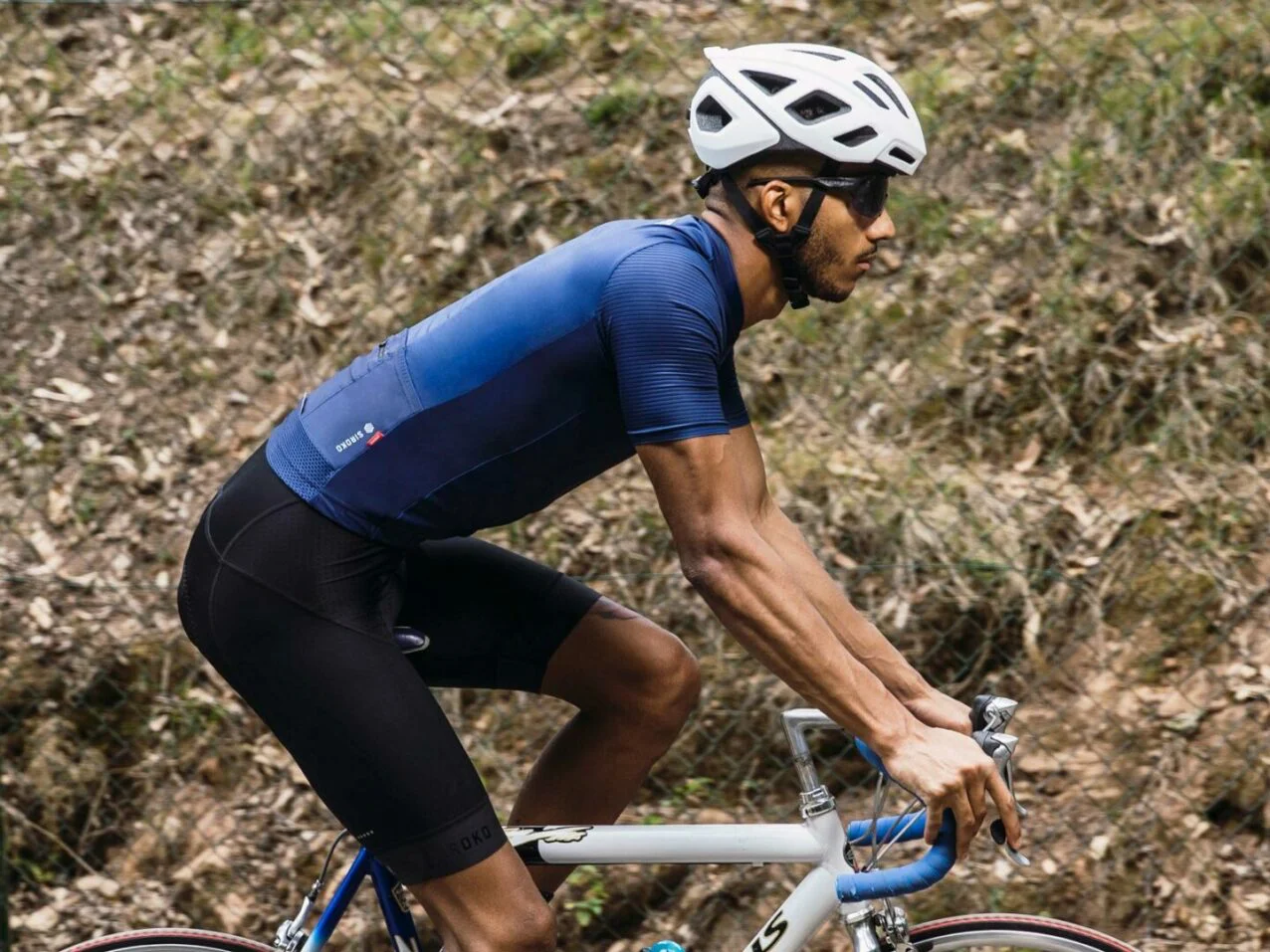
This is undoubtedly the most common reason and the one that causes the greatest variety of aches and pains. The problem can be anything, from cleat position to handlebar height, saddle height, saddle type or the length of the stem. Finding the source is not as simple as watching a couple of tutorials, and then loosening some bolts and adjusting components, because solving one problem may lead to another. If you use the bike a lot and you want to avoid pain to ride as comfortably as possible, then we recommend having a biomechanical study done. It is expensive, but bear in mind that apart from riding faster and more comfortably, you will also avoid injuries and, in the long run, save money on doctors, physiotherapy, massages… In addition to customizing your bike, a complete biomechanical study may also reveal that the origin of the pain is within one of the following two groups.
Body asymmetries
A good biomechanist will start the study with a series of questions about your physical condition, pain, injuries, experience, cycling modality, how you use the bike… Then they usually perform a scan/measurement to know the joint range of motion and detect possible asymmetries. A shorter foot, one leg longer than the other, a hip, knee or ankle injury – all this can cause our body to seek balance, generating pain and discomfort in certain muscles and joints on the same side, the opposite side or in another area (as it often happens in the case of a hip problem causing pain in the lower back).
Muscle weakness or imbalance
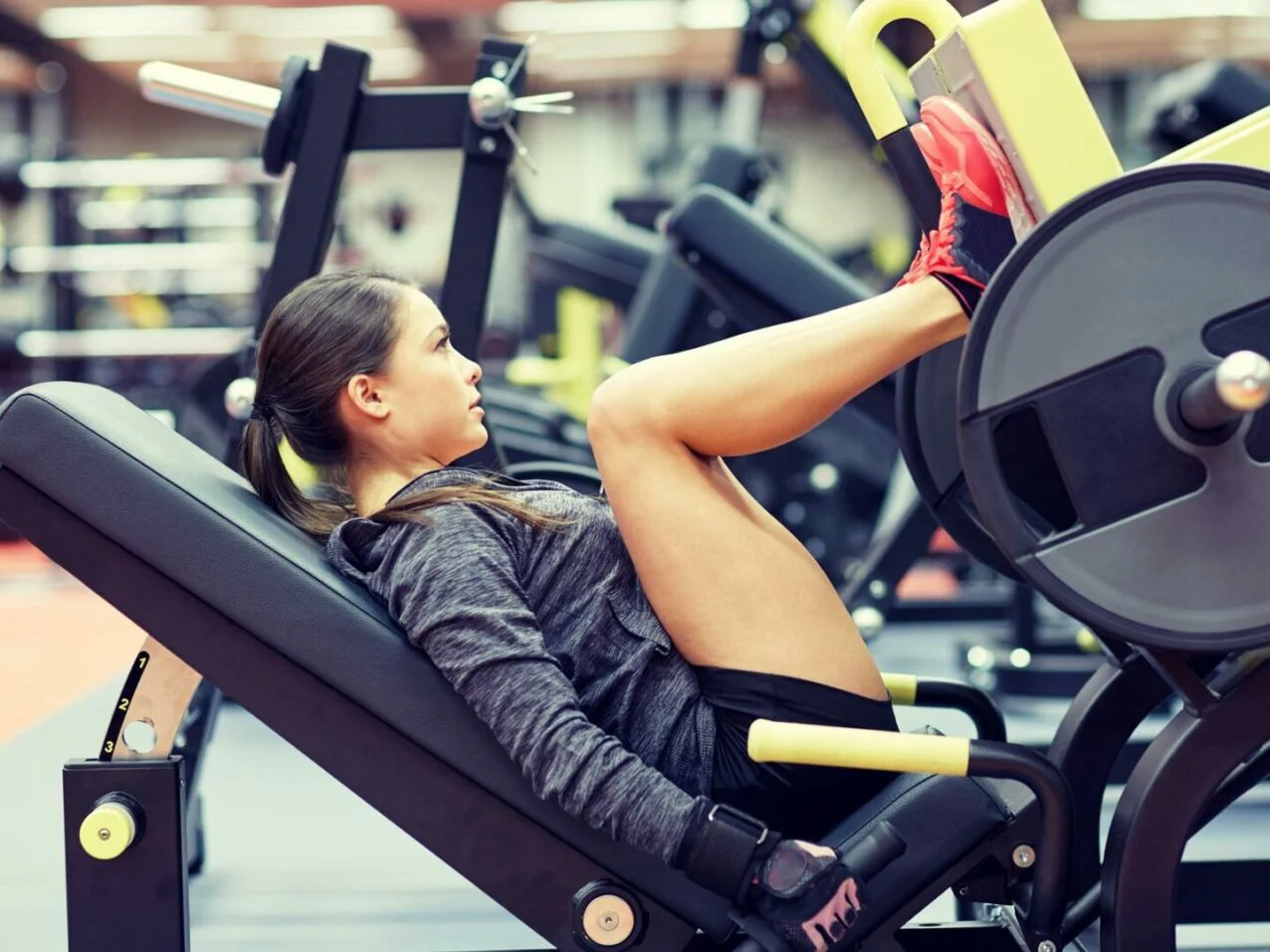
Both in terms of strength and flexibility, which is why strength exercises and working on the muscles plasticity is essential. We should focus on the muscles we use when riding a bike, but also the ones that simply help us ride comfortably even though we do not actively use them, as well as those that get weakened or shortened due to cycling. This is even more important if you spend a lot of time sitting at work. Unless the imbalance or weakness is very noticeable, it is not easy to detect. Therefore, in case of any pain that persists over time, we recommend that you see a physiotherapist, biomechanist or sports medicine specialist to carry out all the necessary studies and tests.
Wrong clothing and accessories
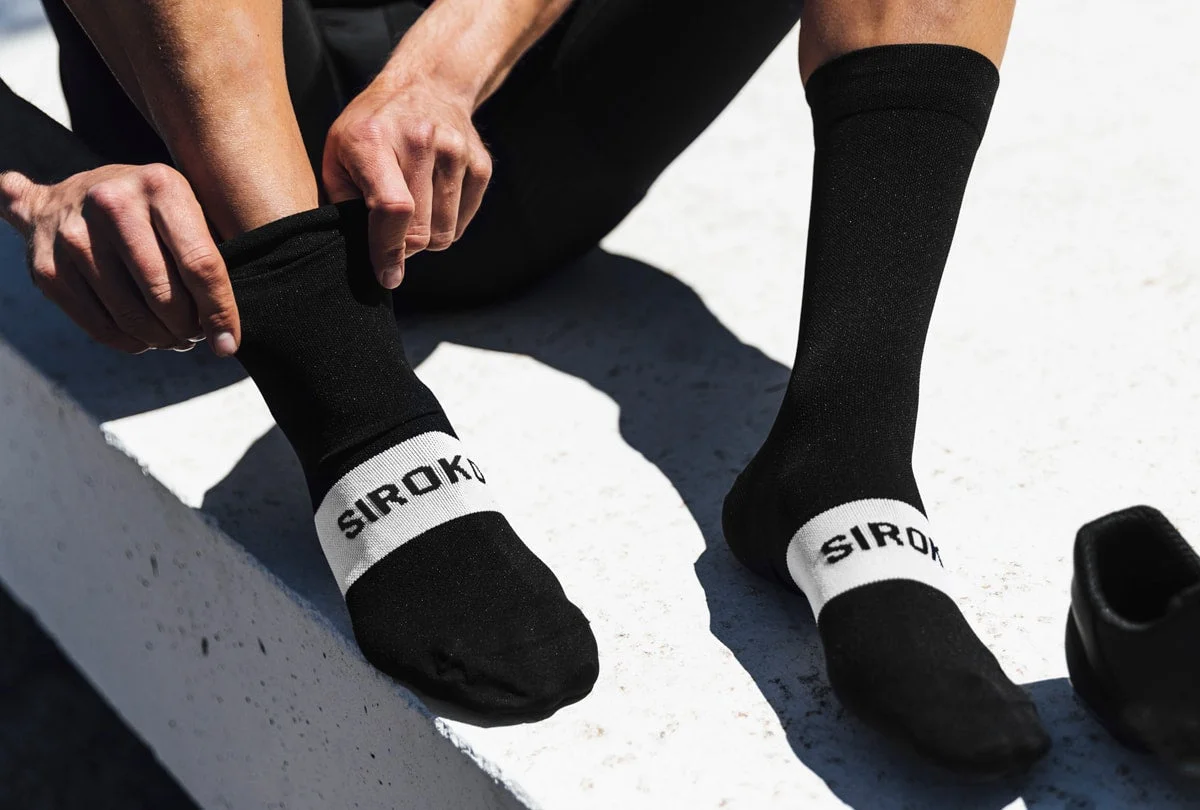
It’s Siroko’s blog after all, so how could we forget about the discomfort and pain caused by choosing wrong cycling clothing and accessories? And we’re talking about both cases: if they are used incorrectly or not used at all…
The buttocks and crotch areas deserve extra attention here. Not only is it advisable to wear bib shorts with chamois, but they should also be worn without underwear and have the correct size so that they fit snugly, the chamois does not move, fulfills its function and does not cause chafing or skin irritation. Keep in mind that the fabrics are very elastic so if you are between two sizes, always choose the smaller one.
If we experience pain or discomfort in our hands or fingers, it may be due to the fact that we do not use gloves or that they are not adequately padded to withstand the pressure we exert on the handlebars.
Finally, the third point of support for our body on the bike: the feet. Cycling shoes that are too tight, too small or too narrow, as well as socks that are too thick, can hinder the blood flow to the feet, exert too much pressure and cause numbness or other types of discomfort.
